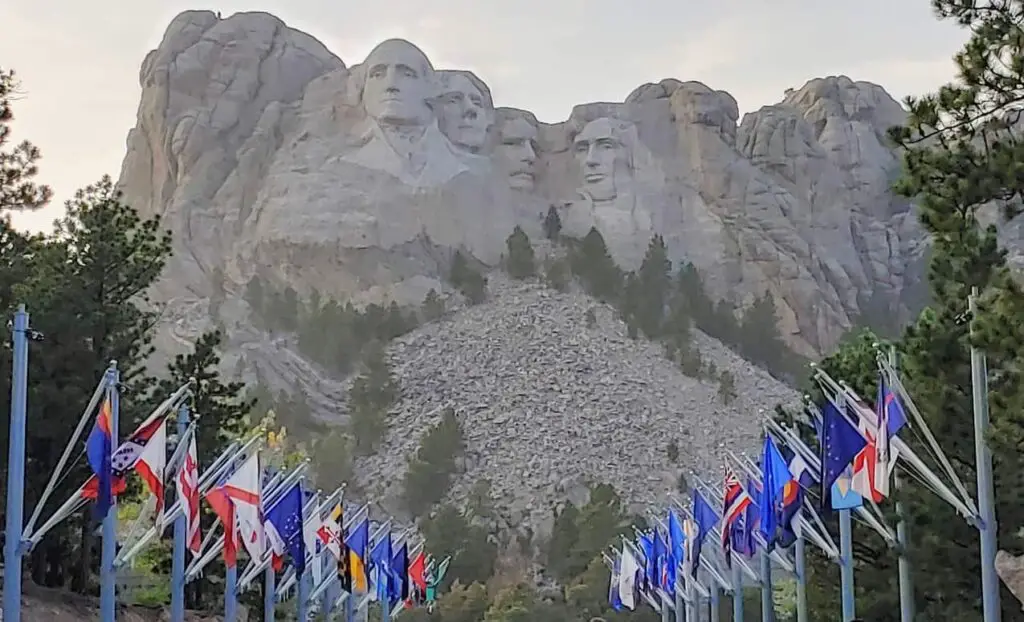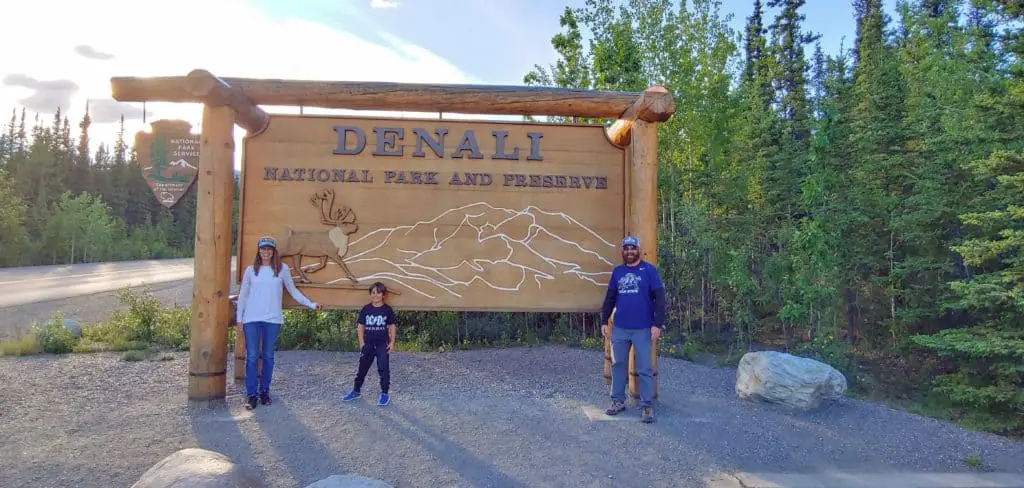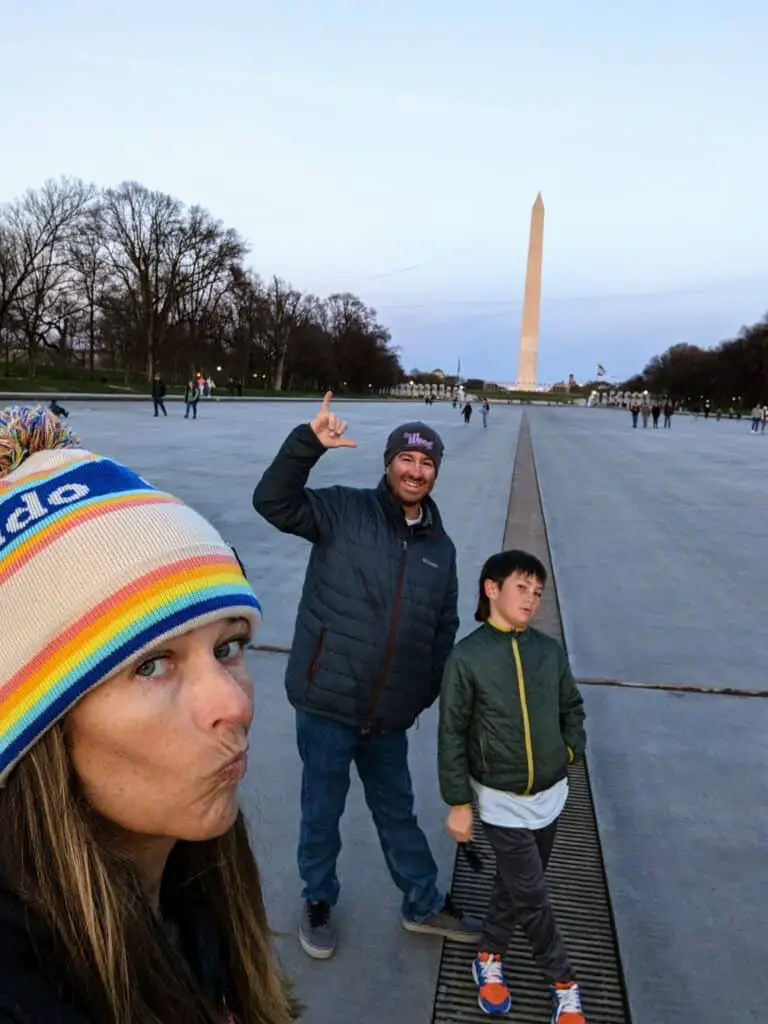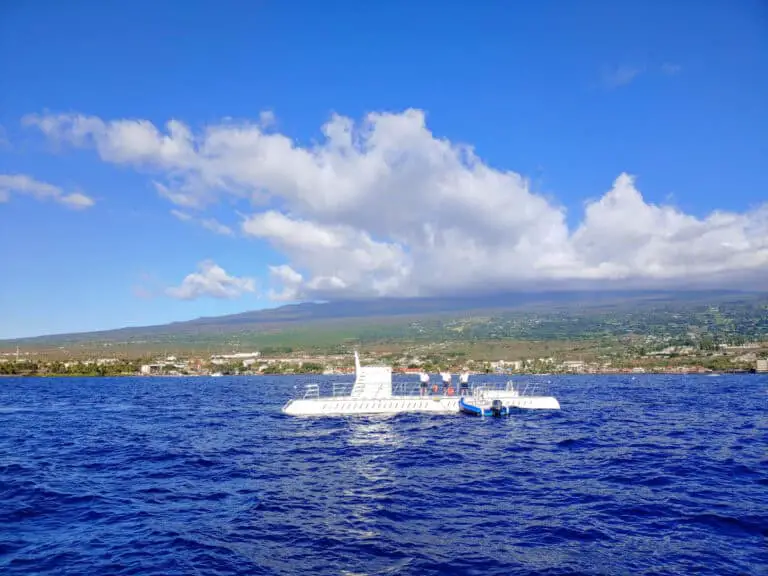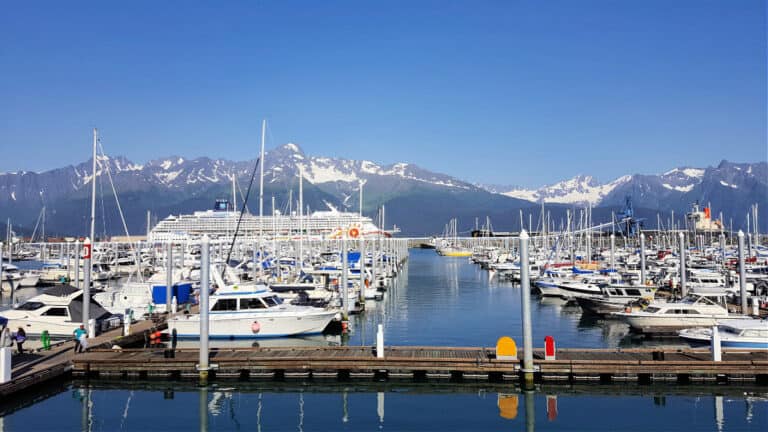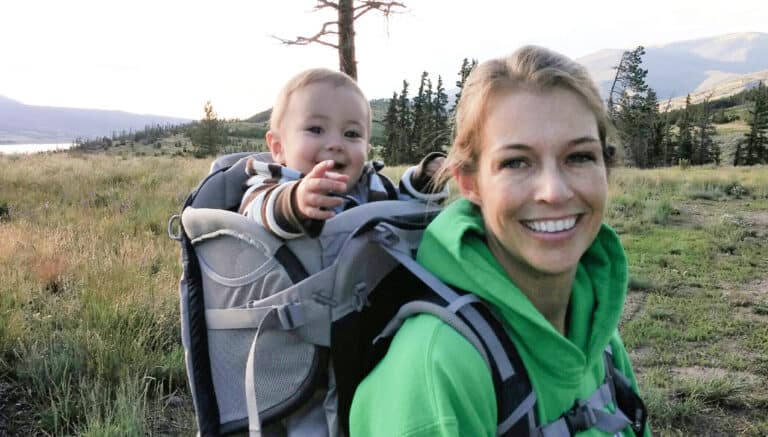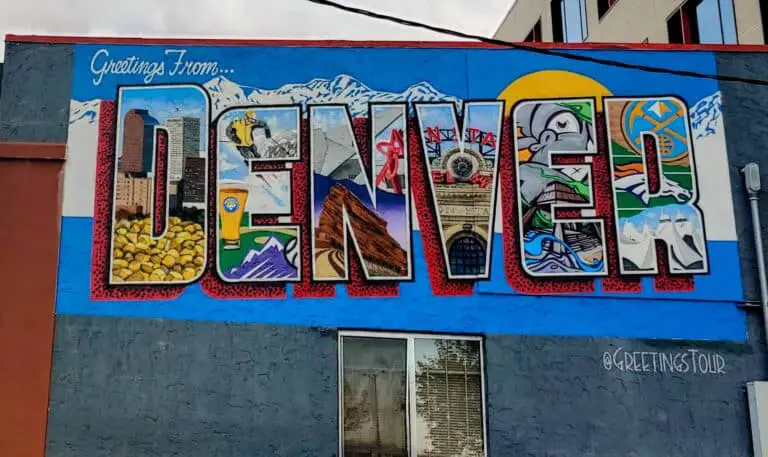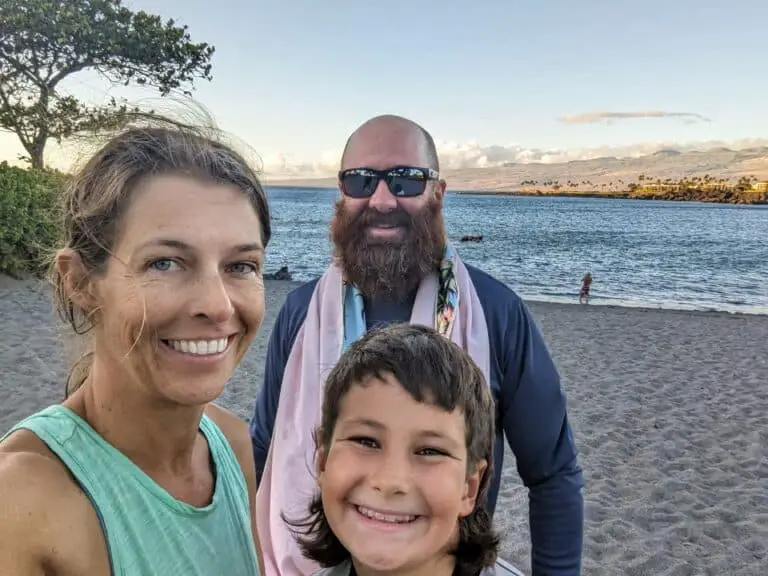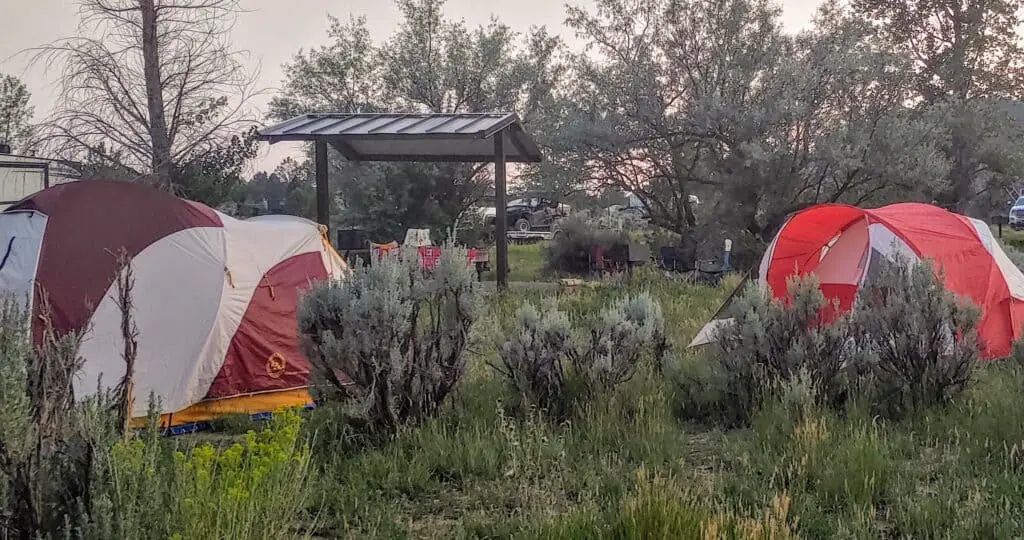
Dispersed Camping vs Developed Campgrounds – How To Choose The Best Campsite
If you are new to camping, it can be overwhelming deciding where to camp. There are so many different options that range from primitive dispersed campsites to privately owned and operated campgrounds with every amenity you could possibly need.
Finding the campsite that checks all the boxes will take a little research and planning.
Before you decide on a campground read – Helpful Tips For Picking The Best Type of Camping – Tent, RV, Cabin, or Yurt
I absolutely love camping and have been camping my whole life. Growing up in Utah and then living in Alaska, Colorado, and now Hawaii; I’ve had the opportunity to camp in so many incredible campgrounds.
I’ve compiled this all-inclusive guide to give you the pros and cons of each of the 4 different types of campsites to help plan your camping trip.
The 4 different campsite options are –
- Dispersed camping
- State and National Park Campgrounds
- Forest Service Campgrounds
- Private Campgrounds
Every camper has a different idea of how they imagine the perfect campsite. Between these 4 options, you should be able to narrow the options down to what works best for you.
Dispersed Camping
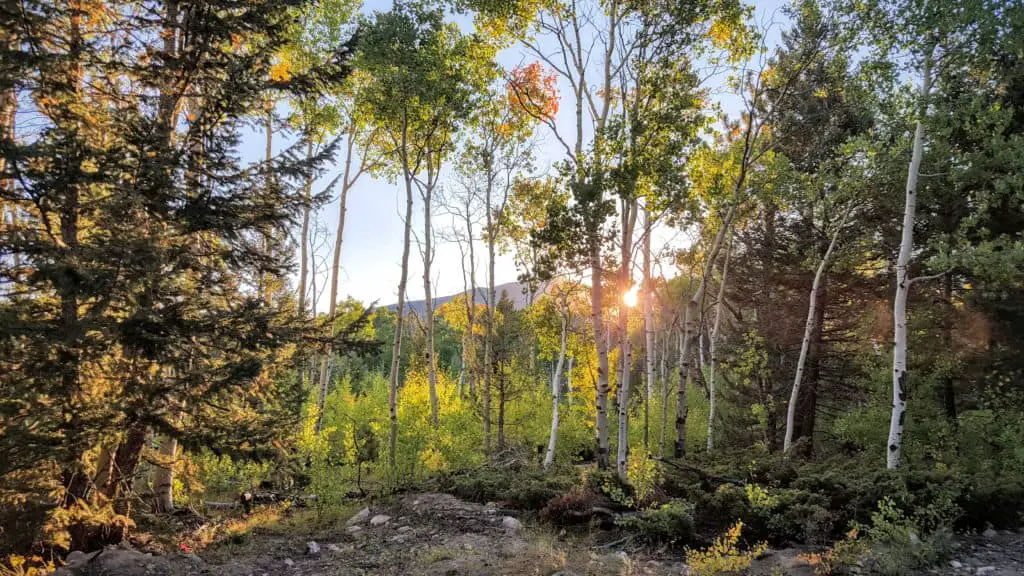
Dispersed camping (or Boondocking as it is commonly called), is the term used to describe camping on State or National Forest land OUTSIDE of the established campgrounds. It is by far the most rustic type of camping.
Of all the different campsite options, dispersed camping has the least amount of amenities. There are no picnic tables, fire grates, garbage cans, running water, and most notably – no bathrooms. To use the bathroom you will need to bring a shovel and head off into the great outdoors.
Dispersed camping is definitely not for everyone.
That being said, if you don’t mind roughing it and really appreciate solitude, dispersed camping is the way to go. There is nothing like setting up camp far from any other campers. Waking up to birds singing instead of hearing your neighbors is absolutely priceless.
The best way to find dispersed camping is to visit a local Forest Service or Bureau of Land Management office.
Pros and Cons of Dispersed Camping-
Pros- No charge – (yes, dispersed camping is free), solitude and privacy, no reservation needed, and no check-out time (although there is a limit to the # of days you can camp).
Cons- No bathroom or running water, no picnic table, the lack of facilities requires extra packing and planning, and with more people camping it can be hard to find an open place to camp during busy times.
Camping With Kids? Be Sure To Pack These 7 Essentials
State and National Parks

State and National Parks offer some of the most incredible camping in the United States. This camping option is usually very organized, staffed, and located in the most awesome locations. National Park campsites are usually very basic with a picnic table, fire pit, restroom (usually without flushing toilets), and no electricity. State Parks can range from very basic to loaded with amenities like bathrooms with flush toilets and hot showers, electricity, and dump stations.
I’ve camped in many State and National Parks in several different states. If you are planning a trip to a specific National Park or if there is a State Park near where you are going, you will want to look into camping in a State or National Park.
Read – 7 Amazing State Parks in Colorado
Pros and Cons of Camping in a State or National Park Campground
Pros – Great amenities, clean bathrooms, organized reservation system, and located in awesome locations.
Cons – Reservations need to be made far in advance to secure a spot, state park camping can be really expensive.
Forest Service Campgrounds
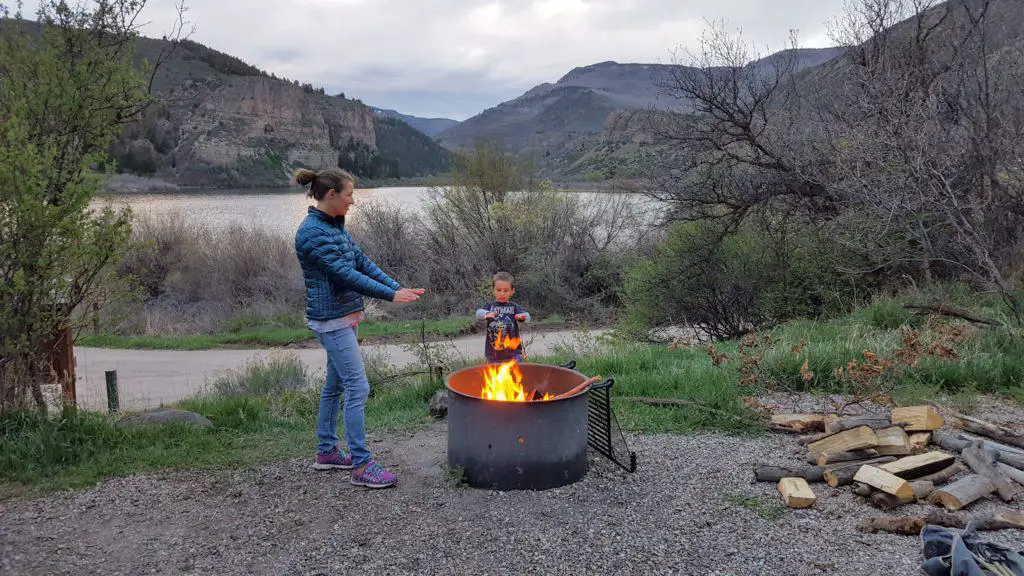
Forest Service campgrounds are a great option if you are looking for camping with more amenities than dispersed camping but not as crowded and structured as State and National Park camping. These campgrounds are located in beautiful places, just a little more off the beaten path.
Some Forest Service campgrounds are first come, first served, and some require reservations. There is a fee for all developed Forest Service campsites but it is usually cheaper than a State or National Park campsite fee.
Forest Service Campground Pros and Cons
Pros- Reasonably priced, well organized, limited but sufficient amenities.
Cons- Like all other campgrounds, they can quickly fill up during the busy summer camping season.
Private Campgrounds

Private Campgrounds are owned and operated by an individual or a corporation. While amenities vary from one private campground to the next, private campgrounds usually have a lot to offer. They are also usually located in prime areas – near the entrances to National parks, close to the ocean, or near a popular tourist destination.
We’ve stayed in private campgrounds many times over the years. One of the most memorable was located just outside of Bryce Canyon National Park and had a pool. We also stayed in a nice private campground near Canyonlands National Park that rented cabins. Private campgrounds are definitely a great option to look into when booking your camping trip.
Private Campgrounds Pros and Cons
Pros – They are located in prime locations, have plenty of amenities, and are usually very organized and well maintained.
Cons – The biggest con for me is that private campgrounds are usually extremely crowded. Only ten feet between campsites is very common in private campgrounds. Also, they are usually the most expensive option.
Now, go find a campsite! Happy Camping.
If you found – Dispersed Campsite vs Developed Campground? Helpful Tips For Picking The Ideal Place To Camp helpful, pin it for later-
You Might Also Like –
